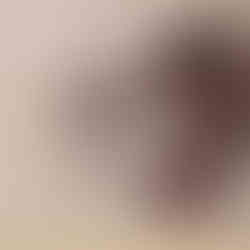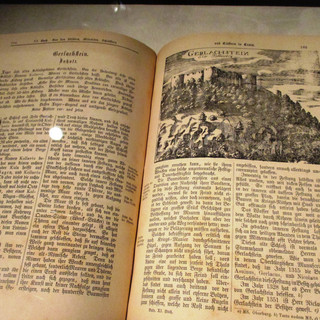Krško - Town of History and Flavours
- Andrea Seifert

- Feb 13, 2017
- 3 min read
Most people think of Krško as a place with nuclear plant. Indeed, this place on the banks of Sava river is famous for its industry and nuclear power plant, which you can also visit in organised tour. But two day visit to Krško, organised by the Club of Tourist Journalists of Croatian Journalist Society and the Tourist Board of Krško, opened our eyes to this beautiful and less known part of Slovenia. From castles and Catholic monks to the pleasures of exquisite gastronomy, Krško is a pleasurable destination to visit.
Situated between Sava Valley and surrounding hills, six municipalities (Krško, Sevnica, Brežice, Bistrica ob Sotli, Kostanjevica na Krki and Radeče) form the Posavje region of Slovenia. The area is rich in history and natural beauty. It has five castles. Sevnica, Podsreda and Rajhenburg are refurbished to their past glory; in Kostanjevica is situated an art museum, while castle Brežice houses the Posavje Museum. Probably the most fascinating story is of the Rajhenburg Castle which we visited on our tour.
Old town Krško is defined by several historical and cultural points of interest. Our hosts guided us to this realm of Slovenian history accentuating local patrons and personalities that lived in Krško. The town has a rich history. In 16th century Krško was an important Protestant centre, place where Lutherans Adam Bohorič and his student Jurij Dalmatin worked. At the end of the 17th century, the famous polyhistorian Janez Vajkard Valvasor passed away in town’s historic centre, in Mencinger House. This house used to be home to the lawyer and writer Janez Mencinger. In the old town one can also find the Valvasor library with a Capuchin monastery, the town park, the parish church of St. John the Evangelist, and the Krško City Museum.
We started our tour in the city park. In one part of the park named Gaj zaslužnih občanov (Grove of deserving citizens) we can ‘meet’ the psychologist Mihajl Rostohar, the trained sculptor and medallist Vladimir Štoviček, the educator and grammarian Adam Bohorič, the translator and writer Jurij Dalmatin, the botanist France Vardijan and the patroness Josipina Hočevar. The park was once a graveyard with the church of the Holy Cross. The church still stands, but has not been used for religious purposes since the end of the Second World War. After the renewal in 2003 it was named Dvorana v parku (Park hall) and various cultural and other events are held there. The park also contains the Hočevar mausoleum, an octagonal neo-Gothic chapel with a pyramid roof, where Martin and Josipina Hočevar – the great benefactors of Krško – are buried. They donated their money for various charitable causes. Nearby is the Capuchin monastery holding the Valvasor library of Krško.
Next we visited the Mencinger house. During the years from 1882 to 1912 the cultural worker, politician and jurist Dr. Janez Mencinger lived in this baroque residential building. Janez Mencinger (1838-1912), writer, lawyer and politician, came to Krško in 1882. Five years later he chose two marvelous houses in old part of town to be his home. Mencinger is known as a writer of novels, and was among the founders of the Slovenian Writers’ Association in 1872, two years latter he was also a Mayor of Krško.
Both houses have indoor atrium and a number of interesting elements that bear witness to centuries of life in them. Southern house is particularly famous because today we know that this is the traditional Krško house in which has lived and died a famous polymath Janez Vajkard Valvasor. Today this is the site of some furniture memorabilia and also place for indoor gardens. Particularly important are the frescoes of early Slovenian Protestants.
But the real jewel of history and culture is the City Museum Krško. It has its premises in the Valvasor complex, where a permanent exhibition by the sculptor and medallist Vladimir Štoviček is displayed, who donated part of his artworks to the Municipality of Krško to be displayed in the Valvasor house.
There is also an exhibition dedicated to Josipina Hočevar, grand patron of the city, and famous Slovenian psychologist Mihajlo Rostohar. The museum also has a space exhibiting handicraft products of the border area as part of the ‘Path of honey-bread making’ project between Krško and Zagreb.
Indeed, such a cultural wealth is only matched by excellent gastronomy offer, rivers and woodlands with rolling hills that offer many sport activities, and enjoyment in the sacral architecture and heritage.
Tourist information center Krško Cesta krških žrtev 46, 8270 Krško T: ++386 7 490 22 20 E: tic.krsko@cptkrsko.si http://www.visitkrsko.com












































Comments